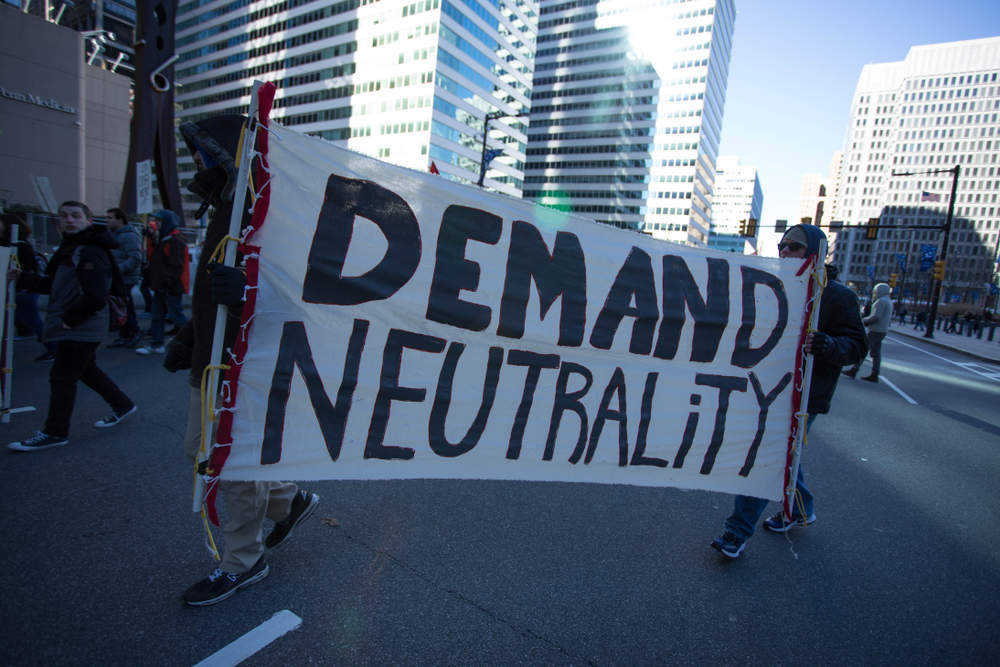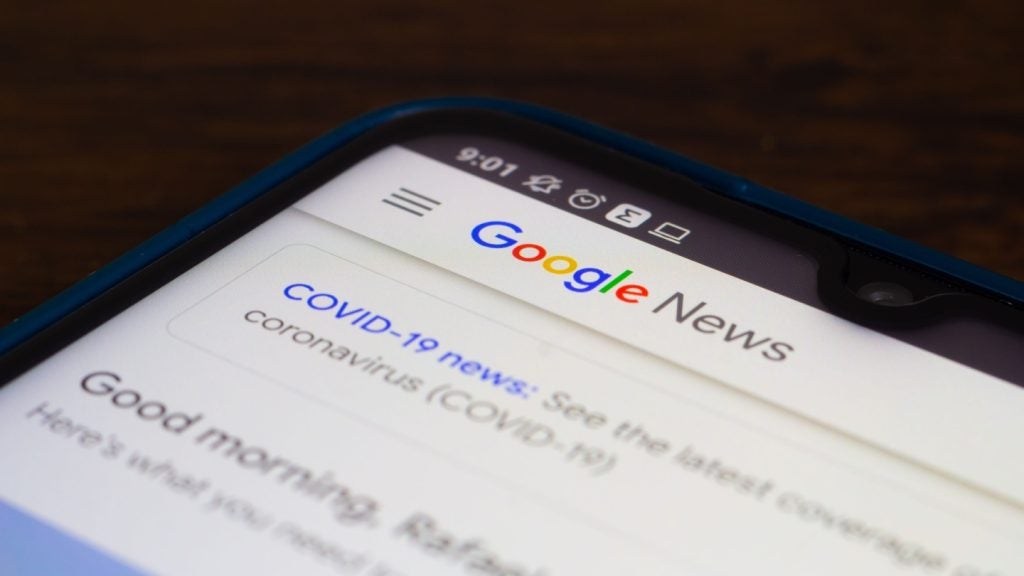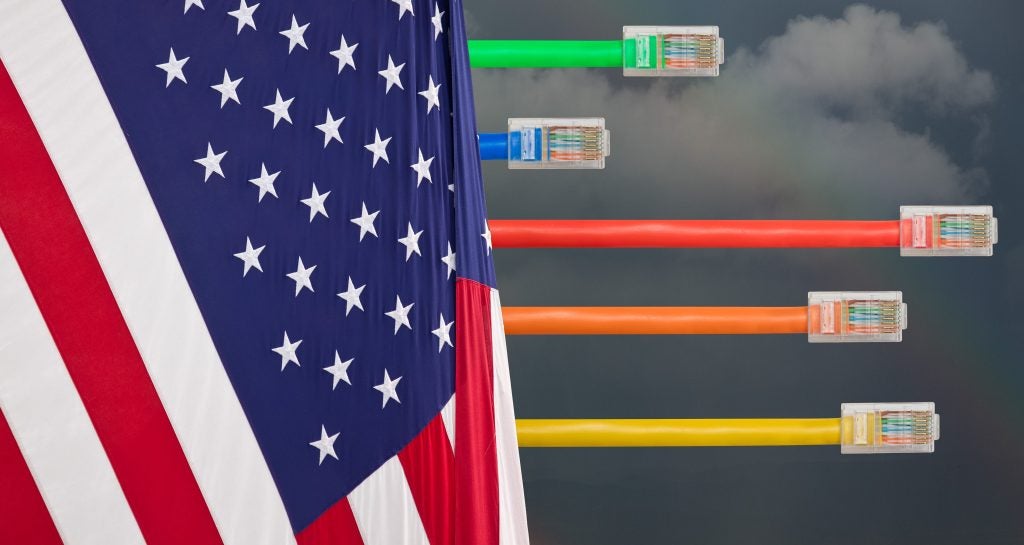
In January 2018, the Republican-led US Federal Communications Commission issued the “Restoring Internet Freedom Order,” eliminating net neutrality rules and ceding management of any alleged violations to the US Consumer Protection Commission.
The Order immediately drew fire from consumer advocacy groups and state governments.
On Sunday, 30 September, California became the latest state to challenge the FCC’s Order when governor Jerry Brown signed Senate Bill No. 822 into law, enacting the “California Internet Consumer Protection and Net Neutrality Act of 2018” prohibiting fixed and mobile Internet service providers from blocking or throttling Internet traffic, including prohibiting zero-rating. The US Department of Justice wasted no time challenging the law’s legitimacy, filing a lawsuit against the state the same day, declaring California’s law to be illegal and unconstitutional.
Progressives vs conservatives, again
When President Trump took office in January 2017, rolling back net neutrality was a top priority, along with reversing most major legislation from the Obama administration.
Indeed, former Verizon counsel Ajit Pai was quickly appointed FCC chairman with a clear mandate to repeal previously established net neutrality rules that established net neutrality rules ensuring that ISPs didn’t block or throttle traffic or implement zero rating or paid prioritisation of traffic (so called “fast lanes”).
California’s move is no surprise. The state’s Democratic leadership has consistently pushed back on Trump administration initiatives that it considers harmful to the state’s population and natural resources, filing nearly 40 lawsuits against the federal government for new policies relating to immigration enforcement, vehicle emissions and environmental protection, education, healthcare, and now internet access.
How well do you really know your competitors?
Access the most comprehensive Company Profiles on the market, powered by GlobalData. Save hours of research. Gain competitive edge.

Thank you!
Your download email will arrive shortly
Not ready to buy yet? Download a free sample
We are confident about the unique quality of our Company Profiles. However, we want you to make the most beneficial decision for your business, so we offer a free sample that you can download by submitting the below form
By GlobalDataCalifornia isn’t alone, but it’s making the biggest wave
Other states have taken steps to enact regulations since the Order was issued. Limited net neutrality legislation has been enacted by Oregon, Washington and Vermont, and Governors in six other states have signed executive orders with net neutrality stipulations for state contracts.
In addition, Attorneys General from 22 states and the District of Columbia have issued a filing urging the US Court of Appeals for the District of Columbia to vacate and reverse the FCC’s 2018 Order.
What’s different with California’s law is that it goes all in, essentially reinstating Obama-era net neutrality rules and adding provisions prohibiting zero rating.
The law notes that an open and neutral Internet is required for vital functions including utilities, health and safety, and police and emergency services, a fact driven home by a recent debacle where firefighters fighting the largest fire in California history had traffic throttled by Verizon Wireless after allegedly exceeding data caps.
What’s next?
California’s net neutrality law is to take effect on 1 January 2019, but the Justice Department’s filing seeks to block it, warning that internet companies “cannot realistically comply with one set of standards in this area for California and another for the rest of the nation — especially when internet communications frequently cross multiple jurisdictions.”
Providers, consumers and lawmakers must consider rapid growth in the type of content and how it’s consumed and the impact on networks of this growth.
Having a patchwork of net neutrality regulations that varies by state is clearly untenable, but the current “light touch framework” offers little protection for consumers, raising the potential for problems as well.
There is a groundswell of national concern about the future of Internet access that cannot be ignored.
A date has not yet been set for the court to review the Justice Department’s lawsuit, so there is no timeline yet for resolution of the issue. But regardless of the outcome, the battle will be far from over.







